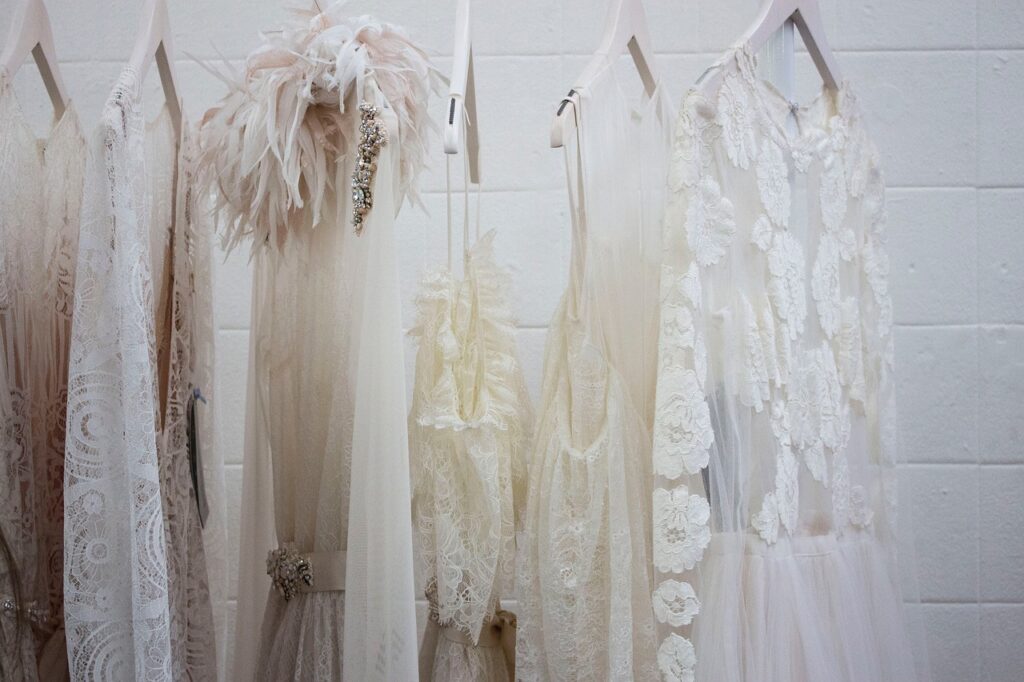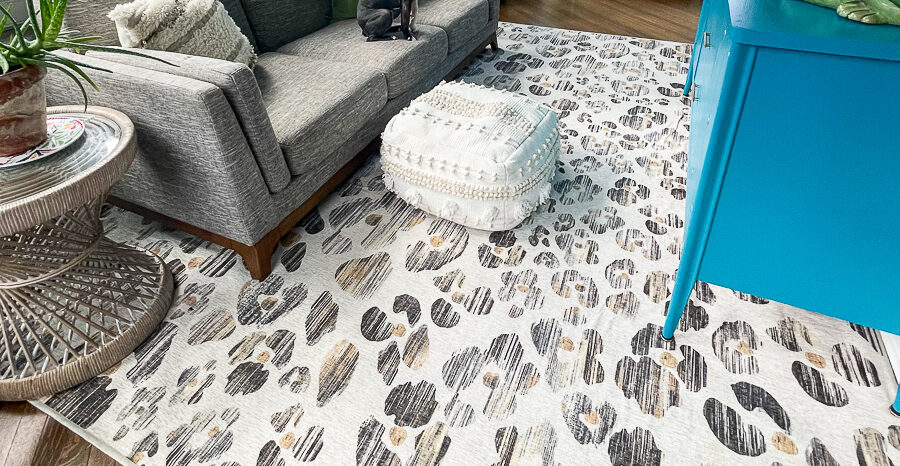Have you ever found yourself scrolling through pages of beautiful outfits, imagining the perfect scenario where you’d wear them? Maybe it’s a picnic in a blooming garden, a cozy coffee date on a rainy afternoon, or a glamorous evening at a winery. It seems a bit silly, doesn’t it? Shopping for a life that’s a tad more romanticized than our day-to-day reality. But here’s the thing – you’re not alone in this. There’s a charm, a whimsical allure in shopping for the lives we daydream about, even if those dreams are a bit more glamorous than our actual lives.
This habit of purchasing outfits for events that, let’s be honest, we very rarely attend, is a fascinating look into the human psyche. As we transition from one season to another, our vulnerability to this whimsical shopping increases. The idea of walking through a park adorned in fall colors with a perfectly matched outfit, or the thought of sipping wine at a vineyard dressed in a chic summer dress, feeds into this fantasy. It’s a blend of hope, aspiration, and, quite frankly, a bit of escapism.
Recognizing this tendency can be the first step towards understanding the deeper psychological forces at play. It’s not just about the clothes or the hypothetical scenarios they represent. It’s about the story we tell ourselves about who we could be in those moments. The allure of a cabin trip where we’re surrounded by nature, or a picnic date where everything is just perfect, is potent because it taps into our desires for experiences that break from the mundane.
Advertising plays a significant role in nurturing these fantasies. Marketers are adept at painting idyllic scenes where their products fit perfectly. It’s no accident that we find ourselves drawn to certain items as the seasons change. These marketing strategies are designed to align with our psychological need for renewal and transformation. As we stand on the precipice of a new season, whether it’s the freshness of spring or the cozy embrace of autumn, we’re not just shopping for clothes. We’re shopping for a new version of ourselves, one that feels rejuvenated and ready to embrace all the possibilities that lie ahead.
But here’s an interesting twist – this tendency isn’t something that begins in adulthood. From a young age, children engage in pretend play, embodying characters and scenarios far removed from their daily lives. This play is an essential part of development, fostering creativity, problem-solving skills, and empathy. It’s a practice in imagining the world not just as it is, but as it could be. This foundation in pretend play might explain why, as adults, we’re drawn to purchase items for a life that’s just a bit more extraordinary than our usual routine.
The Joy and Balance of Fantasy Shopping
While it may seem frivolous to buy that dress for a winery visit that’s more fantasy than reality, it’s also a testament to our capacity for imagination and hope. Each purchase is a little nod to our younger selves, who played dress-up and dreamed of adventure. It’s a recognition of the power of pretend play and its lasting impact on us. By shopping for these imagined scenarios, we’re not just preparing for events that may never happen. We’re keeping the spirit of play and possibility alive.

The key, of course, is to find balance. Recognizing when our shopping habits are driven by these fantasies can help us make more mindful decisions. It’s about distinguishing between the joy of anticipation and the practicality of our real lives. While it’s perfectly okay to indulge in a bit of dream shopping now and then, understanding the why behind it can lead to more fulfilling experiences, both in the fitting room and beyond.
Strategies for Mindful Fantasy Shopping
1. Setting Clear Intentions: Before making a purchase, ask yourself if the item serves a purpose in your current lifestyle or if it’s solely for a fantasy scenario. This doesn’t mean you should never buy something just because it’s beautiful or brings you joy; rather, it’s about finding a balance. For instance, if you’re drawn to a glamorous evening gown with no event in sight, consider if it can be styled for occasions that are more likely to happen.
2. Budgeting for Fantasy Purchases: Allocate a small portion of your shopping budget for items that capture your imagination. This way, you indulge your whims without compromising your financial well-being. It’s akin to treating yourself to a fancy dessert after a week of healthy eating – a delightful exception rather than the norm.
3. Embracing the Fantasy Without Purchasing: Sometimes, the joy lies in the dreaming itself. Create mood boards, either digitally or physically, of your imagined scenarios and the outfits that accompany them. This creative process can be surprisingly satisfying and allows you to live out your fantasies without the need for space-consuming or budget-straining additions to your wardrobe.
4. Investing in Versatile Pieces: Look for items that can be dressed up for those rare, imaginary occasions, yet are practical enough for everyday use. A chic blazer, for example, can be just as at home in a casual coffee shop setting as it would be at a sophisticated art gallery opening.
5. Sharing Experiences with Friends: Organize a themed dinner party, a casual picnic, or a glamorous ‘just because’ gathering. This not only gives you a reason to wear those once-fantasy purchases but also creates real, cherished memories.
Navigating the fine line between fantasy and reality, it’s important to remember that the joy of shopping for imagined scenarios lies not in buying things but in celebrating imagination, hope, and the endless possibilities of who we can become. Shopping with intention, setting boundaries, and finding creative outlets for our fantasies can enrich our lives, making us not just better consumers but more imaginative, hopeful individuals.





